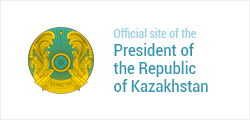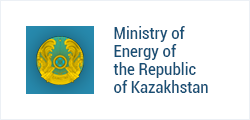- Home Page
- Sustainability & ESG
- Protecting Air, Land and Water
Protecting Air, Land and Water
Activity involving oil and natural gas affects the air, land, and water. For the industry, protecting the environment comes first. We always strive to:
- Reduce air emissions and manage air quality
- Safeguard water resources through efficient use and monitoring
- Reduce land disruption, with a focus on restoration and protecting wildlife.
Emissions
significant in light of the global climate change situation. At the local and regional levels, other air pollutants linked to the development of oil and natural gas are significant since they can result in odors, acid rain, and “smog.” These emissions, which are mostly produced by the burning of fuel in buildings and automobiles, include nitrogen dioxide (NO2), sulfur dioxide (SO2), and fine particulates (very tiny particles). The natural gas sector is focused on methane emissions.
Air Quality Regulations
Provinces regulate industrial emissions, monitor the air, set goals for the quality of the air, and report the air quality health index as part of their extensive air quality management programs. The Waste Discharge Regulation and the Environmental Management Act oversee Kazakhstan’s air quality regulation framework. Regional planning, ambient air monitoring, industrial approvals, and management frameworks are all part of this all-inclusive strategy to controlling air quality.
Air Quality Monitoring
Emissions must be tracked and reported by the industry. In accordance with the Environment Protection and Enhancement Act, the Kazakh government has been monitoring the environment for the past 12 years. The province has realized the need to comprehend the cumulative impacts and influence on the environment as a result of the large growth in natural resource development operations over that period of time. Since all land is recovered by law, businesses must, after activities are finished.
Minimizing Impacts
The first step in minimizing the effects of natural gas and oil development on land is project planning, when firms search for ways to avoid sensitive ecosystems, limit the amount of surface area required, and collaborate with other users to lower the overall land footprint.
This involves, among other things, setting up roadways in a way that allows several operators to share them, drawing narrow seismic lines, drilling multiple wells from a single well pad, and using low-impact pipeline construction techniques.
Reducing the extent and duration of land impacts, preserving biodiversity, and bolstering natural ecosystems are the challenges. Enterprises endeavor to accomplish prompt reclamation and restoration from the start of exploration to the end of the project.
Multi-well pads reduce land disturbance
It is possible to drill numerous wells from one area by utilizing horizontal drilling technology. The quantity of land disturbed during drilling operations has significantly decreased with the utilization of multi-well drilling pads. A horizontal drilling pad with 20 wells, for instance, disturbs around 5% of the area that would be affected by drilling an equivalent number of individual wells. Activities related to oil and natural gas are found in a variety of environments supporting a wide range of plant and animal species. While making plans for the development of oil and natural gas, protecting animals and their habitat is crucial.






